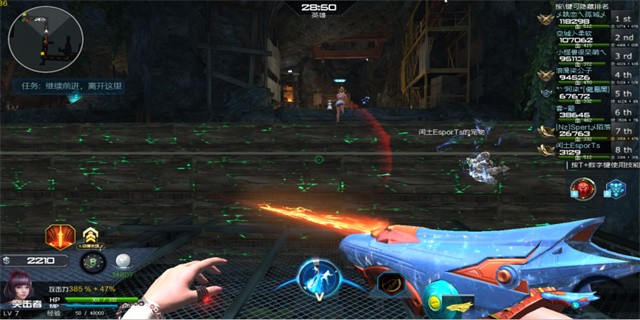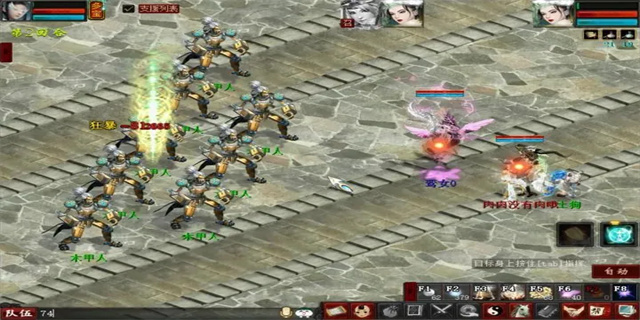Trolling - A Meme of Mischief and Mayhem
Introduction:
The digital era has ushered in a wave of new and unconventional forms of humor, one of which is trolling. Derived from the Internet culture, trolling involves intentionally provoking and irritating others for amusement. Among the vast array of Internet memes, the trollface has gained significant popularity as a symbol of mischief and mayhem. This article delves into the origins, impact, and psychology behind the trollface meme.

The Origins of Trollface:
The trollface, also known as \"Coolface\" or \"Problem?\" emerged in 2008 on a webcomic called \"The Whomp!\" created by an artist named Mike Krahulik. The comic depicted a character named \"Charles\" pulling off a mischievous grin, and this particular image became the emblematic face of trolling. Over time, this image was shared and modified by users across various online platforms, contributing to the widespread popularity of the trollface meme.

The Impact of Trollface:
The trollface meme has become an influential and recognized symbol on the Internet. It is widely deployed in various contexts, such as forums, social media, and messaging applications, to convey humor, sarcasm, or to intentionally elicit emotional reactions from others. The versatility of the trollface allows it to adapt to different situations, making it a reliable tool for trolling.
The Psychology behind Trollface:
Trolling, along with the trollface meme, has gained considerable attention from psychologists and sociologists due to its unique psychological dynamics. The act of trolling often involves a power dynamic in which the troll seeks to manipulate and control situations to disrupt and upset others. The trollface, with its smug and mischievous expression, serves as a representation of this power play.
One of the primary motives behind trolling is the desire for attention and recognition. Trolls often find satisfaction in the attention they receive when their actions provoke strong reactions from their targets. The trollface meme exemplifies this desire for attention by becoming a symbol associated with mischief and a source of amusement for trolls.
Furthermore, behind the trollface, there lies another psychological aspect - the anonymity factor. The Internet provides a platform where individuals can hide behind screen names and avatars, making it easier for trolls to engage in behavior they wouldn't typically exhibit in face-to-face interactions. This anonymity emboldens trolls to push boundaries and derive pleasure from the chaos they create.
Conclusion:
The trollface meme, with its enigmatic grin, has become an integral part of Internet culture. Its origins in webcomics and subsequent modifications by users contributed to its widespread popularity. The impact of the trollface can be seen in its widespread usage across various online platforms, where it serves as a tool to evoke emotional reactions and create chaos. The psychology behind trolling, including the desire for attention and the power dynamic, shed light on the motivations driving trolls. While it may be controversial and annoying to some, the trollface continues to thrive as a symbol of mischief and mayhem in the digital realm.

















